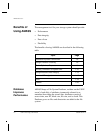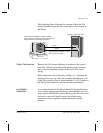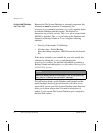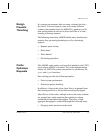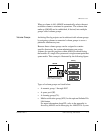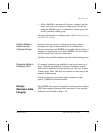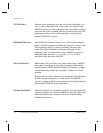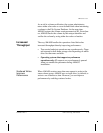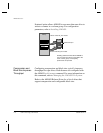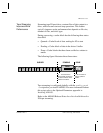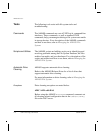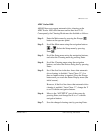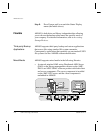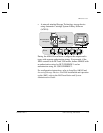
AMASS Overview
1-14 Online Archiving with AMASS 6-00026-01 Rev A
File Recovery Because write operations go to the cache first (including sync,
fsync, and synchronous IO), in the event of a system crash,
AMASS recovers all write operations that were in the cache and
processes the writes to media after the system is rebooted. This
paradigm provides a level of data integrity consistent with
standard UNIX file systems.
Database Recovery Most UNIX file systems require fsck, a file system integrity
check, of all file systems mounted at the time of a system crash.
This checking can be very time-consuming. However, the
online File System Database, eliminates the need for this
checking. After you reboot the system, AMASS corrects its
Database based upon the /filesysdb/journal file (a
transaction log) and starts AMASS.
Library Recovery Media can be left in a drive if a system crash occurs. AMASS
uses either external bar codes (network-attached libraries) or
internal headers (SCSI-attached libraries) to identify a volume
and automatically returns the “stranded” volume to its home
position.
Because these recovery functions are automated and can be run
from the startup script after a system reboot, the AMASS
recovery, startup, and file system mount can all be performed as
part of other UNIX file system operations.
Volume Verification Volume verification is extremely important. Storage devices are
subject to operator error and automated systems can suffer from
hardware malfunctions leading to incorrect volumes being
loaded into the drives.



